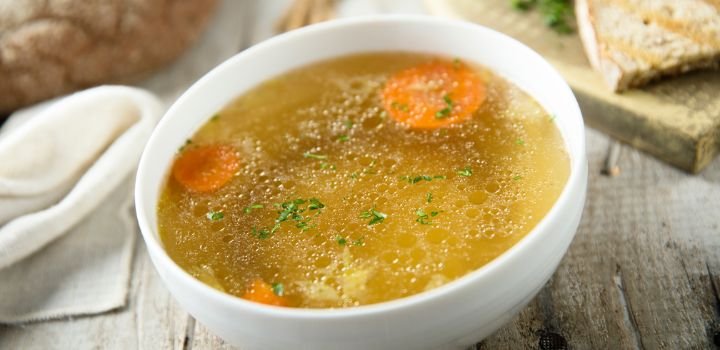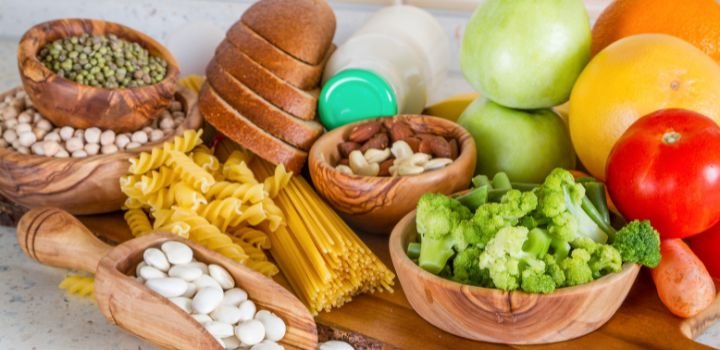Introduction
The FAQs of Yeast extract are for technicians, purchasers, designer-maker, or management in the company interested in yeast extract. The answer is based on our experiences in the industry for over 10 years; we aim to let commercial yeast extract be recognized and chosen.
1. What is Yeast Extract?
Yeast extract is hydrolyzed yeast cell content which yeast cell wall is removed. The most widely used yeast species is Saccharomyces cerevisiae and Cyberlindnera jadinii.
2. What is Yeast Extract used for?
Yeast Extract is used as a flavor enhancer.
Most yeast extract is used as a flavor enhancer of food. Food Yeast extract has other functions, like off-note masking and salt, sugar, fat reduction, MSG, or I+G replacement.
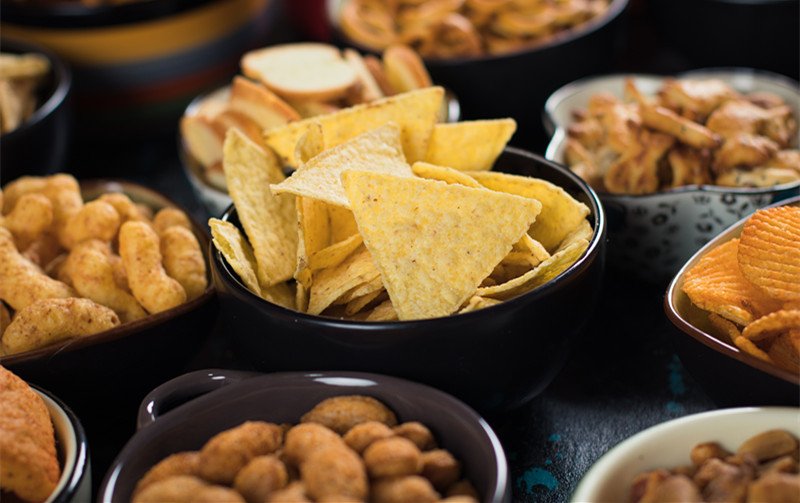
Yeast extract is an important material for the reaction flavor.
Yeast extract is also important material to reaction flavor, Manufacturers of reaction flavor used amino acid and vitamin Bs of Yeast extract and external sugar to create meat notes.
Yeast extract is an important raw material for biological culture media.
Yeast extract also could provide nutrition for bacterial, fungus, or Yeast. It is considered a basic formula of microbiological culture for Lab or industrialized fermentation.
Yeast extract is an important source of nutrition for animal feed.
Yeast extract is also favorable to animals ,it can be used as an attractant to pets, swine, and fish. it help the animal to gain feed intake; also, the precious peptides and nucleotides from yeast extract could help guts development for young animals.
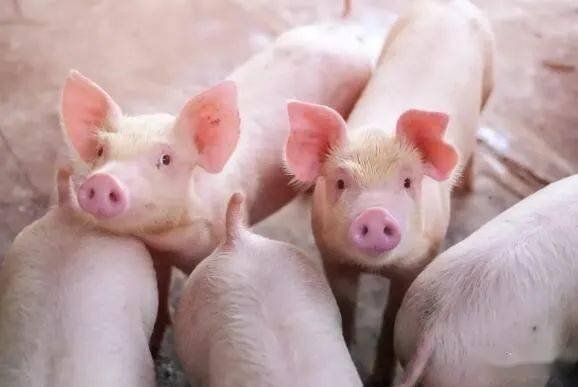
3. What is the composition of yeast extract?
In standard yeast extract powder, the component of yeast extract is 55%-75% of crude protein on the dry matter; there are about 15%-25% of carbohydrate,6-8% of RNA, 3-8% of Ash, 1-2%of fat, and 4-6% of moisture.
While in the paste of yeast extract, there is 40-43% of crude protein and 30-35% of moisture.
Other more advanced yeast extracts, some particular molecular come from special yeast strain and get through of different enzyme, like free nucleotide 2%-18%, GSH 1-20%, free Glutamic acid 20% respectively.
4. How are the differences from different sources of the yeast extract?
Baker’s yeast
The most commonly used yeast in the yeast extract industry is Saccharomyces cerevisiae cultured with molasses from a sugar refinery; it is also called bakery yeast. The yeast extract made from bakery yeast is considered pure in taste profile, and advanced yeast extract also comes from a particular bakery yeast strain, like high glutamate yeast, high RNA yeast, and high GSH yeast.
Brewer’s yeast
The less common yeast extract is from the by-product yeast from the beer factory; they are called brewer yeast and are cheaper. Brewer yeast extract usually has a darker color, less protein, bitterness of flavor, and weird smell than bakery yeast extract has.
Brewer yeast extract is more likely for cheaper application.
But there are more vitamin Bs in brewer yeast, so it is a good product of reaction flavors.
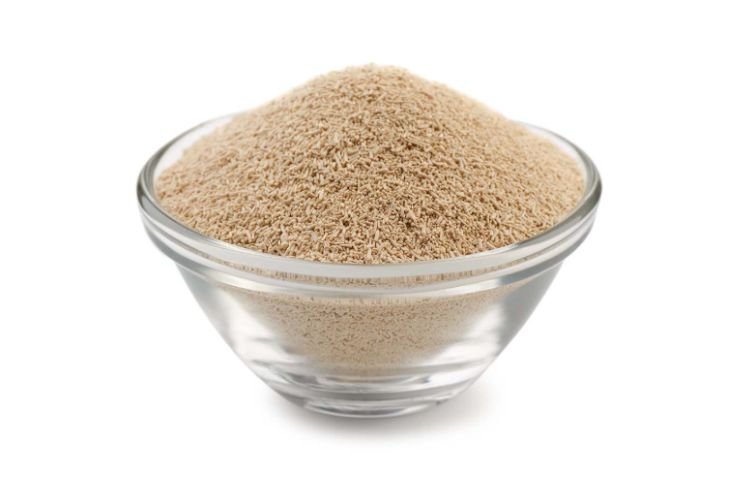
Alcohol yeast
Alcohol yeast is the by-product of Yeast which the alcohol is finished fermentation. It is more like to deal with animal feed because it is quality is not stable and has a really weird taste.
Torula yeast
Cyberlindnera jadinii, also known as torula yeast, might have a special flavor and smell of its own,
Torula yeast extract also has a different flavor profile besides Saccharomyces cerevisiae.
5. How is yeast extract been made?
Fermentation
In the First Step, there should be Yeast as the raw material. Yeast can come in two ways:
- Cultured fresh Yeast by fermentation
- Get the by-product yeast from a brewer factory or alcohol Yeast
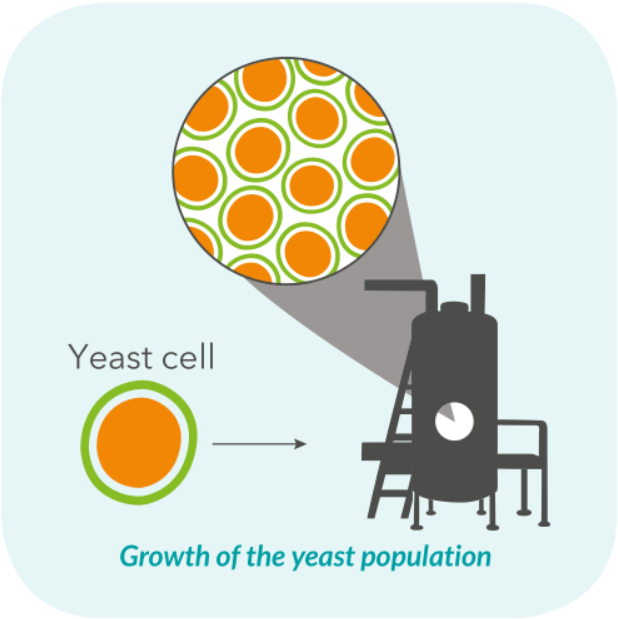
Breakage
The second step is to break down the cell and hydrolysis yeast content used with or without enzyme; if No enzyme is added externally, the Yeast could break down itself by its own enzyme.
Most yeast extract companies make yeast extract by adding an external enzyme that makes yeast extract more favorable and stable. The candidates of enzymes include Lyticase, Papain, Alkali protease, Neutral Protease, Alcalase, Phosphodiesterase, Adenosine deaminase, Glutaminase.

The Final Product
In order to produce the final yeast extract, the liquid must be centrifuged to get rid of the yeast cell walls. The valuable proteins, amino acids, vitamins, and minerals from the yeast cells are retained in the yeast extract. In short, the yeast extract contains all the natural components of the yeast cells without the surrounding cell walls.
Finally, the yeast extract is concentrated into a paste or liquid in a gentle evaporation process at approximately 60 degrees Celsius, or all water is evaporated through a spray drying process. The final product is then ready to be shipped to food manufacturers who use the ingredient to flavor their products.

6. What is the difference between Yeast powder, Yeast Autolysate, Yeast hydrolysate, and Yeast Extract?
Yeast powder is a complete yeast cell with a drying process only; the Yeast might be alive or dead.
Yeast autolysate and Yeast hydrolysate are both hydrolyzed cell content with the broken yeast cell wall. The yeast autolysate used its own enzyme to break down itself, while yeast hydrolysate used an external enzyme.
Yeast extracts the hydrolyzed yeast cell content, which yeast wall is removed.
Yeast powder has 0% of solubility but would found suspension in water. Yeast autolysate and yeast hydrolysate have about 50% solubility, while yeast extract should have more than 98%.
Yeast hydrolysate or Yeast autolyzed is more commonly used in feed because of cost, while yeast extract is more commonly used in food because yeast cell walls have puckery texture.
7. What kind of yeast extract are there in the market? How can I choose the right for me?
There is 4 generation of yeast extract:
Generation 1: Standard Yeast Extract
Standard yeast extract is the most typical and commonly used yeast extract in the market.
Generation 2: Flavored Yeast Extract
It’s produced through a process of heat reaction; the products have been mixed with the other ingredient and go through a heat reaction to remove the yeasty note or off-note of yeast extract.
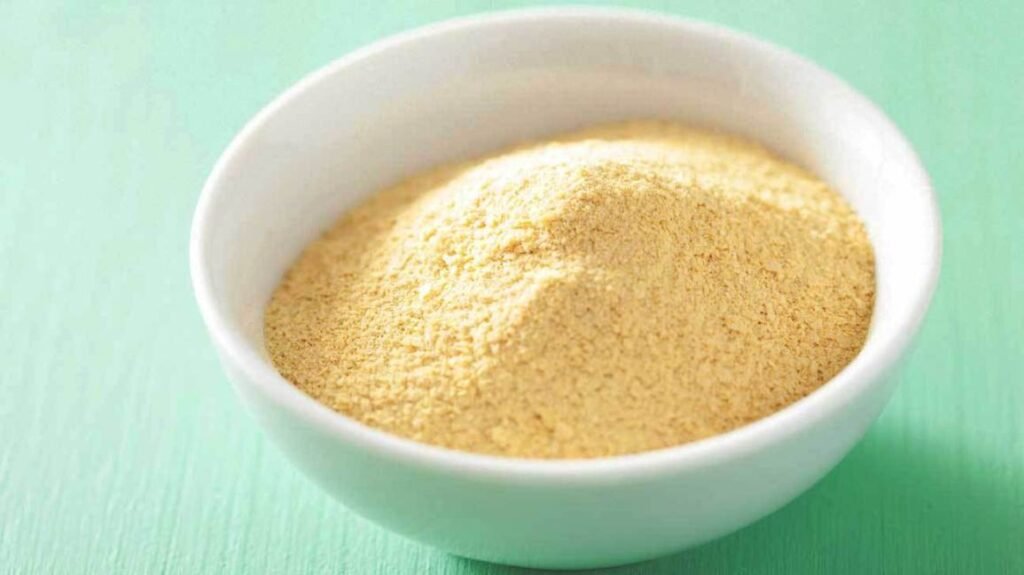
Generation 3: High I+G Yeast Extract
It’s also referred to as Glutamic acid-enriched Yeast extract and High Nucleotide Yeast extract; the product is to create more Umami yeast extract with a special yeast strain and enzymes.
Generation 4: Kokumi Yeast Extract
Besides Umami, Kokumi yeast extract also brings complexity, long-lasting, and mouthfuls to food. Comparing the Glutamic acid-enriched Yeast extract and High Nucleotide Yeast extract, the kokumi is the widest flavor at present.
And the flavor profile of kokumi yeast extract is clean; it can enhance all the original flavor in the food without changing it.
8. How to choose yeast extract for different usage?
For the microbiological culture, the raw material of reaction flavor, off-note masking, we recommend standard yeast extract.
For MSG replacement, we recommend glutamic acid-enriched yeast extract and High Nucleotide Yeast Extract or kokumi yeast extract.
For salt, sugar, fat reduction, we recommend high nucleotide yeast extract or kokumi yeast extract.
For an animal with stress or young, we recommend high nucleotide yeast extract and kokumi yeast extract.
For enhancing the Spiciness of vegetable or Dairy cheese products, we recommend Kokumi Yeast Extract Only.
Kokumi yeast extract is the most widely functional product except for microbiological culture.
9. How is yeast extract labeled in the ingredient list?
It could be labeled as yeast extract or nature flavor without e-code
10. How much yeast extract is used in foods?
The dose of typical standard yeast extract powder used in food is about 1%,
In most circumstances, the more expensive the yeast extract is, the less dose is needed.
for most expensive and advanced yeast extract, some doses can be as 0.1% or even less
11. What is the difference between MSG and Yeast Extract as flavor enhancers?
MSG is short for sodium glutamate. It could be considered as glutamic acid plus Na+. The MSG is rich in Umami, but the flavor is very plain and only showed in the beginning and went down very quickly; it is not very satisfactory by the MSG itself.
While Yeast extract contains 18 kinds of amino acids and 8-12% free glutamic acid and peptides with glutamate, the flavor of yeast extract is more balanced and natural, and close to meat. The advanced yeast extract might have other favorable molecules like free nucleotide, more free glutamic acid, or GSH. The advanced yeast extract could be more Umami than MSG, also have a balanced texture which long-lasting flavor; yeast extract can also enhance the original flavor of the food.
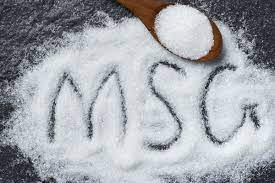
Advantage of clean label
MSG is a food additive; in the EU, MSG should be marked with an E-number as a food additive. While yeast extract is a kind of food ingredient, there is no E-code of yeast extract. A concept originated from the EU; food should have as little food additive as possible. Food without E-code is getting more and more popular with customers.
But food without MSG will be tasteless; Yeast extract is the best replacement for MSG in food manufacturing.
Hiyeast YE Products
Hiyeast is a very professional yeast producer who have experience for over ten years, most of the product made from special bakery yeast strain hydrolyzed with a different enzyme. We believe that our product could match almost Yeast extract product, and we recommend our kokumi yeast extract to you as it is powerful in flavoring, multi-functional and cost less in small dosage.



